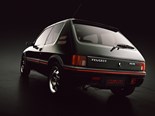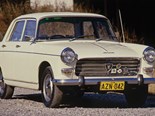Peugeot 404 review

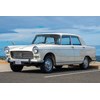
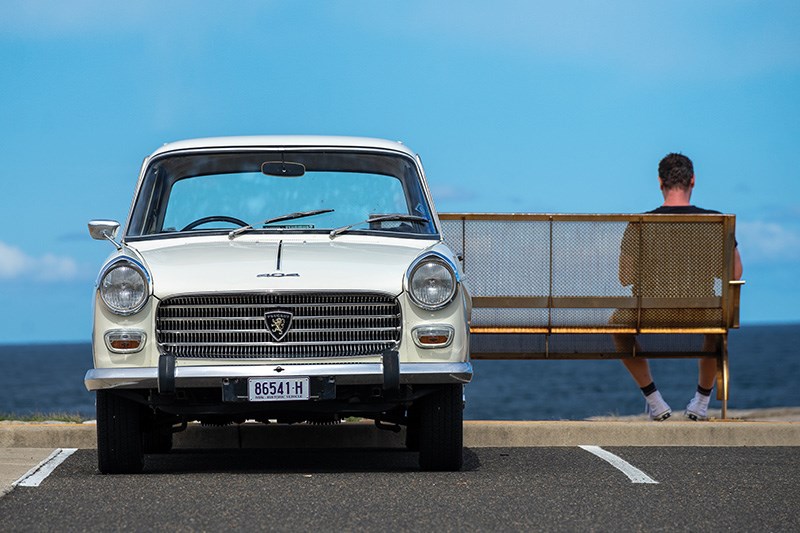


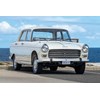
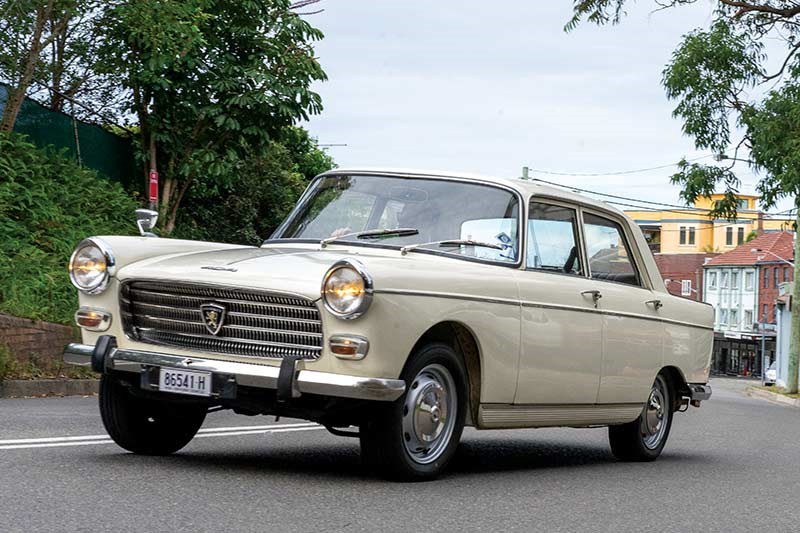

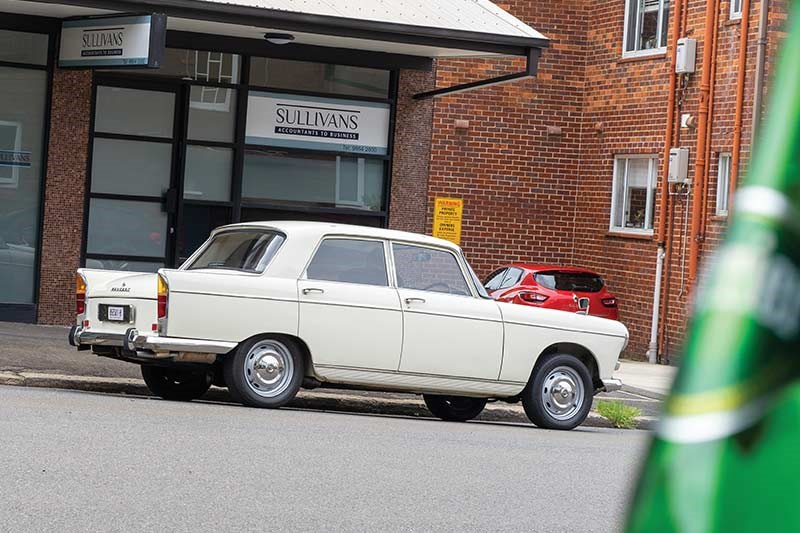


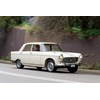
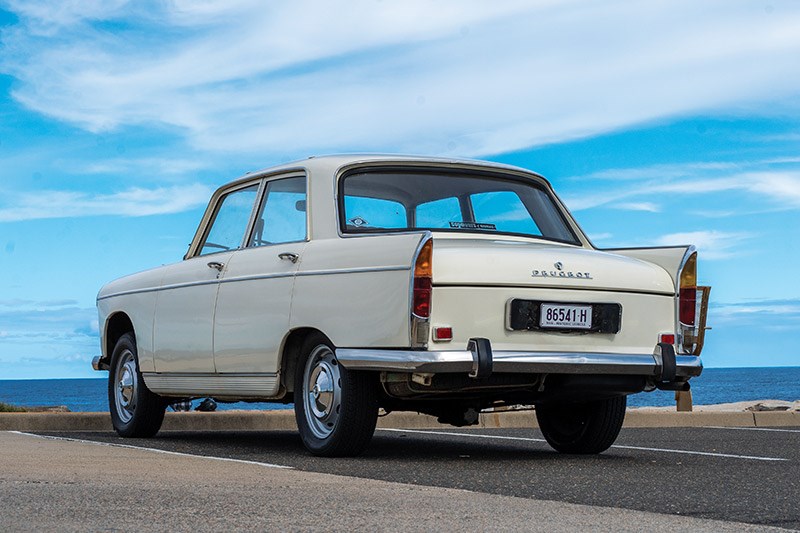


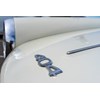






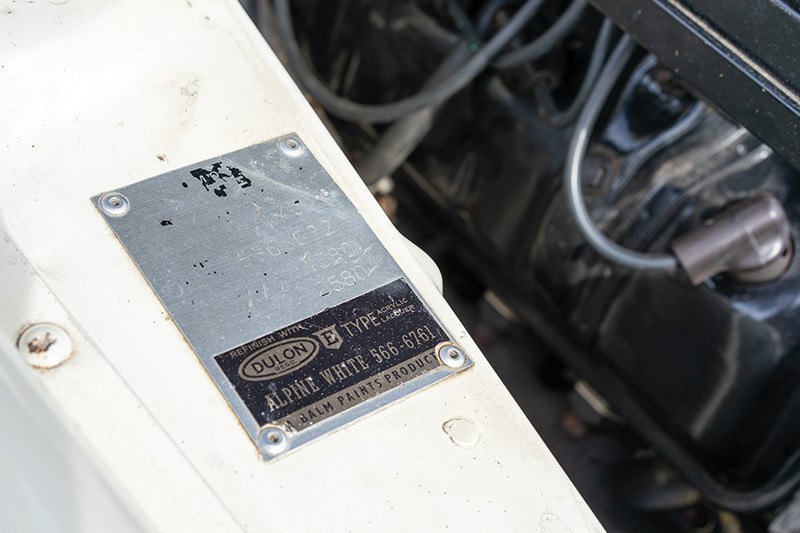


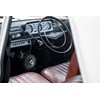
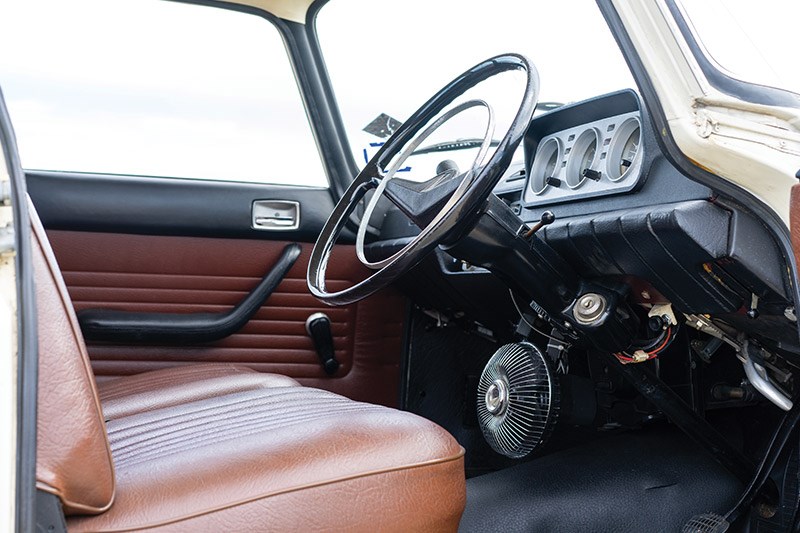




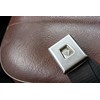
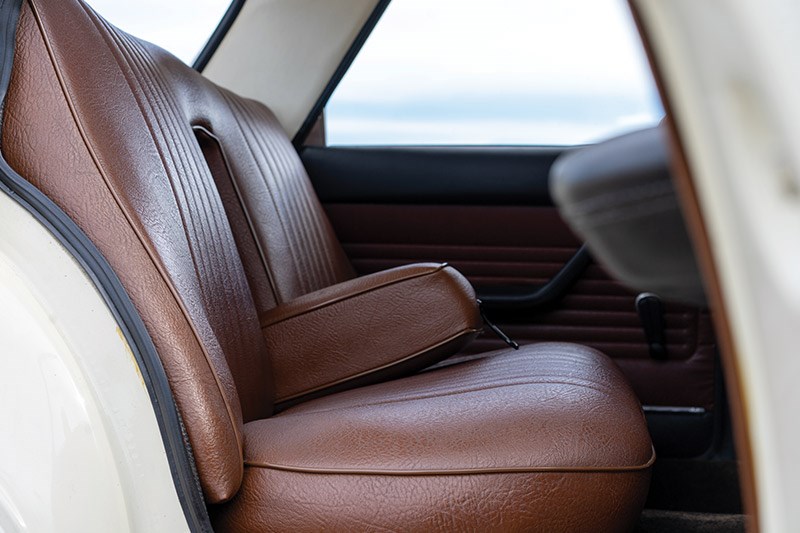

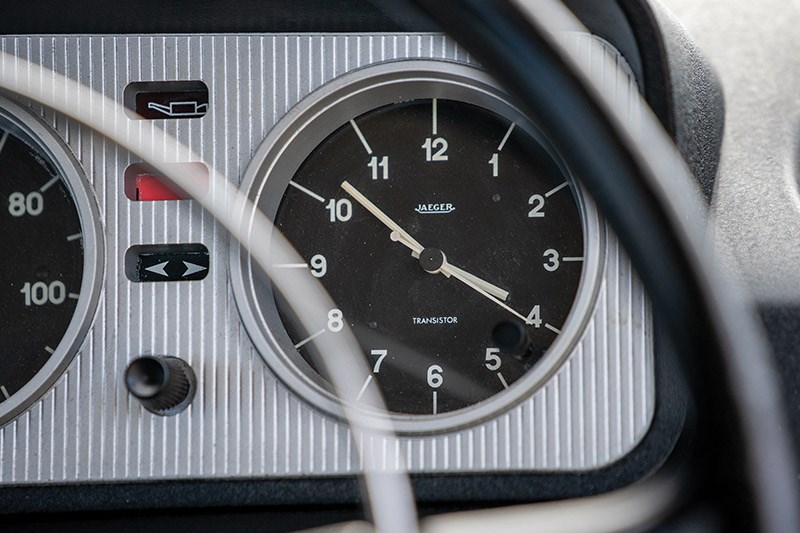

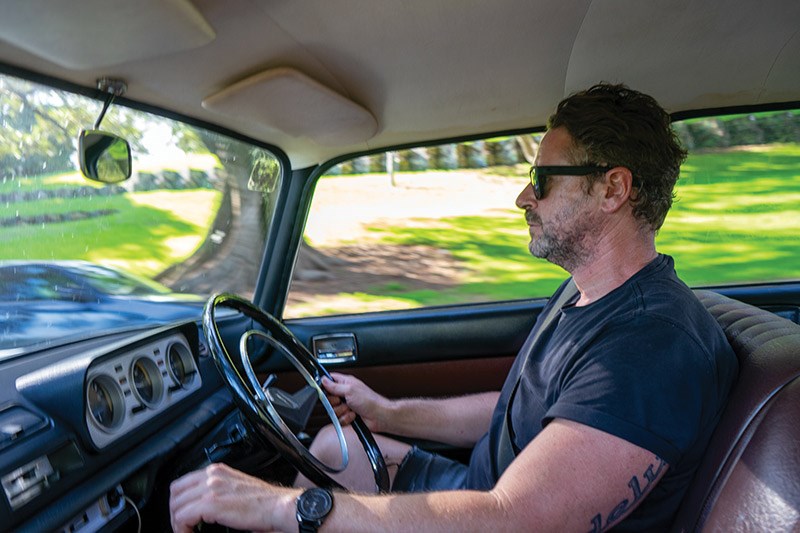


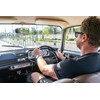

|

|

|

|

|

|

|

|

|

|

|

|

|

|

|

|

|

|

|

|
Pretty as a picture yet happy as a Pug in mud, the 404 became the definitive Peugeot, and one of the finest sedans of the '60s
Peugeot 404
It must’ve been quite a shock when the Peugeot 404 first surfaced on the Continent in 1960 – not because its finned tail stood in sharp contrast to the conservative, rounded-edge shape of its 403 predecessor (1955-67) but because the 404’s styling theme had been seen before.
The ‘Farina’ look, as it became known, penned by Italian designer Battista ‘Pinin’ Farina, was reportedly commissioned by Peugeot to ensure that the 404 exuded a timeless, functional elegance – qualities that have since become hallmarks of Peugeot’s greatest cars.
But what the French firm didn’t see coming was the appearance of this crisp three-box aesthetic, crowned by a pair of tail fins, on two rival products prior to the 404’s release. And what do you do when you see a car for the first time? Pick out all the bits that remind you of other cars!

Simple, timeless design
Ultimately, it didn’t matter that the BMC ‘Farina’ sedans (beginning with the Wolseley 15/60 in December ’58), and the Fiat 1800/2100 (’59) predated Peugeot’s 404 by more than a year. They all had their own strong points, though the French interpretation was the best of the three – not only for the considered elegance of its styling but also its mechanical sophistication, its superb packaging and, as time would prove, its ruggedness. The Peugeot would go on to out live, and outsell, the Fiat and BMC versions by many years, and many millions.
| Read next: Peugeot announces factory restoration program
As was the fashion at the time, the 404’s Aussie connection didn’t kick off for another two years. Hitting showrooms in November 1962, the 404 joined the lower priced 403 on the assembly line at Continental & General’s plant in the Melbourne suburb of Heidelberg, and was immediately praised for its leap in ability over its much-praised older sibling.

Farina designed body
With a prominent beltline, generous glass area, and one-piece front door windows, the 404 delivered a cinemascopic view of the world – topped and tailed by its high-mounted headlights and discreet tail fins. This worked in beautiful harmony with its supple, luxurious seating and brilliant ride comfort, without detracting from the 404’s cornering ability. And with rack-and-pinion steering – still unusual for a family car of the early ’60s – the 404 offered precision too.
| Buyer's Guide: Peugeot 504 (1969-1982)
Hitting the market at $2900 for the sedan or $2996 for an extended-wheelbase station wagon – each around a $450 premium over the continuing 403 equivalent – the 404 was presented as a more sophisticated alternative to a Holden EJ Premier ($2838), Ford Falcon Futura ($2730), Wolseley 24/80 ($2680) or the soon-to-launch Chrysler AP5 Valiant Regal ($2996), despite the fact that all those six-cylinder cars were available with automatic transmissions. In defiance, the 404 championed a ‘wet sleeve’ 1618cc alloy-head four-cylinder engine producing 72hp (54kW), tied to an all-synchro, column-shift four-speed manual.

Fintail of the Pug 404
The 404 didn’t have the straight-line sprint potential of a slant-six Valiant but it definitely had legs. Excellent torque delivery, a decent mid-range and the ability to comfortably cruise at 80mph (128km/h), or beyond, with a degree of fuel efficiency and low levels of wind and road noise made it a fantastic cross-country express. And the Peugeot proved its worth in town, too, with a super-tight turning circle adding to its virtues of effortless driveability and lush ride absorbency.
| Read next: Peugeot 404 review
The 404 quickly earned a loyal and admiring Australian fan base, and as the ’60s progressed, word of its all-round excellence began to spread. The Continental & General factory that assembled Peugeots (and Renaults, Citroens, NSUs, and Studebakers at various times) was bought by Renault Australia in 1964, yet it continued to produce the 404 in ever-greater numbers (often with a waiting list), spurred on by a price realignment to $2550 in 1965 and consistent mechanical and detail improvements.

Round Jaeger instruments replaced an antique strip speedo in early ’67, joining a tweaked engine with a higher 8.3:1 compression ratio, more power and torque (80hp, or 60kW, at 5600rpm and 131Nm at 2500rpm), lower first and second gear ratios, and a 3mm-thicker front anti-roll bar. A padded steering wheel appeared later that year, followed by a new gearbox and shift linkages, a hydraulic diaphragm clutch, and stronger windscreen wipers. But the best was saved for the 404’s final act.
The last Australian 404s (1969-70) are most easily identified by vented wheels, alluding to the power-assisted disc brakes up front. But they also received an alternator (instead of a generator), new anti-burst door locks, recessed internal door handles, plastic window winders, and excellent moulded door armrests with integrated grab handles – as featured on the Arctic White 1969 model pictured here. Indeed, with its black-over-chocolate colour palette and fresh door treatment, the final 404 appeared ready to take on the ’70s with gusto.
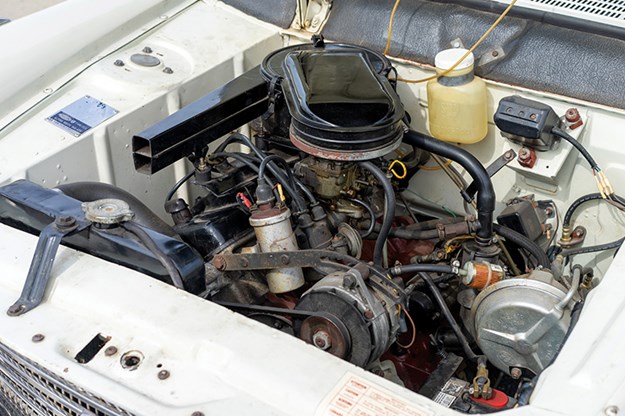
It wasn’t meant to be. With the new-generation 504’s arrival set for mid-1970, Renault Australia (which handled Peugeot production and distribution) hoped to extend the 404’s lifespan to at least the end of that year, or beyond. But needlessly complex local content regulations killed the 404 within weeks (Renault had hoped, unsuccessfully, that the bureaucrats would view the 404 and 504 as completely different cars, which they were).
Once people caught wind of the 404’s demise, buyers clamoured to snap up the final batch – no surprise given the incoming 504’s launch price of $3855 and the outgoing 404’s Kingwood-rivalling $2599 ask. And once production finished, demand continued to increase, with some dealers asking $600 more than its retail price, and getting it. Finally, buyers could see what the motoring press had long been hammering on about – that the 404 offered unsurpassed value-for-money, backed by the strongest resale value of any car on the market.

Superb seats, column shift and roomy interior
But what was it that endeared the finny Peugeot to so many people? Right from the outset, enthusiasts and motoring journalists adored it. In its February 1966 road test of the more powerful 76hp model (launched mid-’65), Wheels magazine described the then six-year-old 404 as "durable, graceful, quiet, long-legged and exceedingly comfortable … [with that] rare ingredient, character." Yet the 404 also earned a reputation for supreme reliability and longevity, and rammed home that point by winning the East African Safari rally three years on the trot (1966, ’67 and ’68). In the ’68 event, the victorious Kugelfischer-injected 404 was one of just six cars to finish, from 91 starters.
Yet it was just one sentence related to the 404 that made a deep impression on me as an early teen. I was already a sucker for anything with fins – especially the 404’s beautifully rendered pair, edged with chrome – but a ‘Great Cars of the Sixties’ feature in Wheels October 1972 opened with the line "if we had to choose one car in which to drive around Australia on one minute’s notice, that car would be the Peugeot 404." As a statement about a car that had ceased production two years earlier, it was immense.

But what’s a late-model 404 like to drive today? In all the areas that matter – seat comfort, vision, driveability, ride comfort, handling balance and even cruising refinement – it’s still brilliant. There isn’t a single roundabout that doesn’t show up the 404’s terrific steering response and chassis poise, and it still loves a run, though without the perpetual curves of Australia’s antiquated road network of 50 years ago, the 404 no longer holds the advantage it once had.
Yet it’ll effortlessly maintain 70mph (112km/h) on the undulating NSW Hume Highway without complaint, and frequently wants to push harder, though you can see why testers back in the day thought the 404’s gearing was too low. A fifth ratio would be heaven. And while the seats themselves are superb, the oversized, thin-rimmed and slightly offset steering wheel feels like a hangover from the ’50s. It’s one of few details betraying the 404’s development origins.

While they remained a relatively common sight on our roads well into the 1980s, you rarely see a 404 any more. Much like their Renault compatriots, tin worm eventually claimed many of them. Yet there was a time when driving a 404 was testament to the quality of your character. Said Wheels in 1972, "a short drive around Melbourne or Sydney in a 404 will guarantee you a dozen cheery waves or flashed headlights from other owners. It is a form of acknowledgement of your sanity and good judgement."

It's mine: Nathan Ponchard
Coming from a family with French heritage (but a clear allegiance to Volkswagens and Holdens during the 404’s heyday), it was probably a rite of passage for me to eventually own a French car. I bought a beautiful ’73 Peugeot 504 for a song in Canberra in 2015 (now owned by a close mate) but I’d been searching in vain for a decent 404 since probably 1991. I missed out on a pale blue ’69 404 sedan that sold for $3450 within hours of appearing in the Saturday paper back then, meaning this white 404 sourced from north of Brisbane in mid-2018 was a long time coming. It’s a Sydney car originally – a ‘Seymours of Roseville’ sticker is still on the back window – and is remarkably original besides a refreshed engine and gearbox, and an aftermarket fan hanging from the dash in front of the (non-working) heater. As its former owner pointed out, "you don’t need a heater in Queensland."

Peugeot 404 specs
Number made: 2,885,374 (8600 in Australia)
Body: steel, integrated body/chassis, four-door sedan and five-door wagon
Engine: 1618cc in-line four-cylinder, alloy head, overhead valves, single Solex carburettor
Power & torque: 60kW @ 5600rpm; 131Nm @ 2500rpm (1967-70)
Performance: 0-97km/h 17.8 seconds, 0-400 metres 20.0 seconds,
141km/h top speed
Transmission: four-speed column-shift manual
Suspension: Independent with struts, coil springs, anti-roll bar (f), Live axle with coil springs, radius arms, anti-roll bar (r)
Brakes: Disc (f), drum (r), power-assisted (1969-70)
Wheels & tyres: 165 SR15 radial
From Unique Cars #452, April 2021
Unique Cars magazine Value Guides
Sell your car for free right here
Get your monthly fix of news, reviews and stories on the greatest cars and minds in the automotive world.
Subscribe

.jpg)
.jpg)





